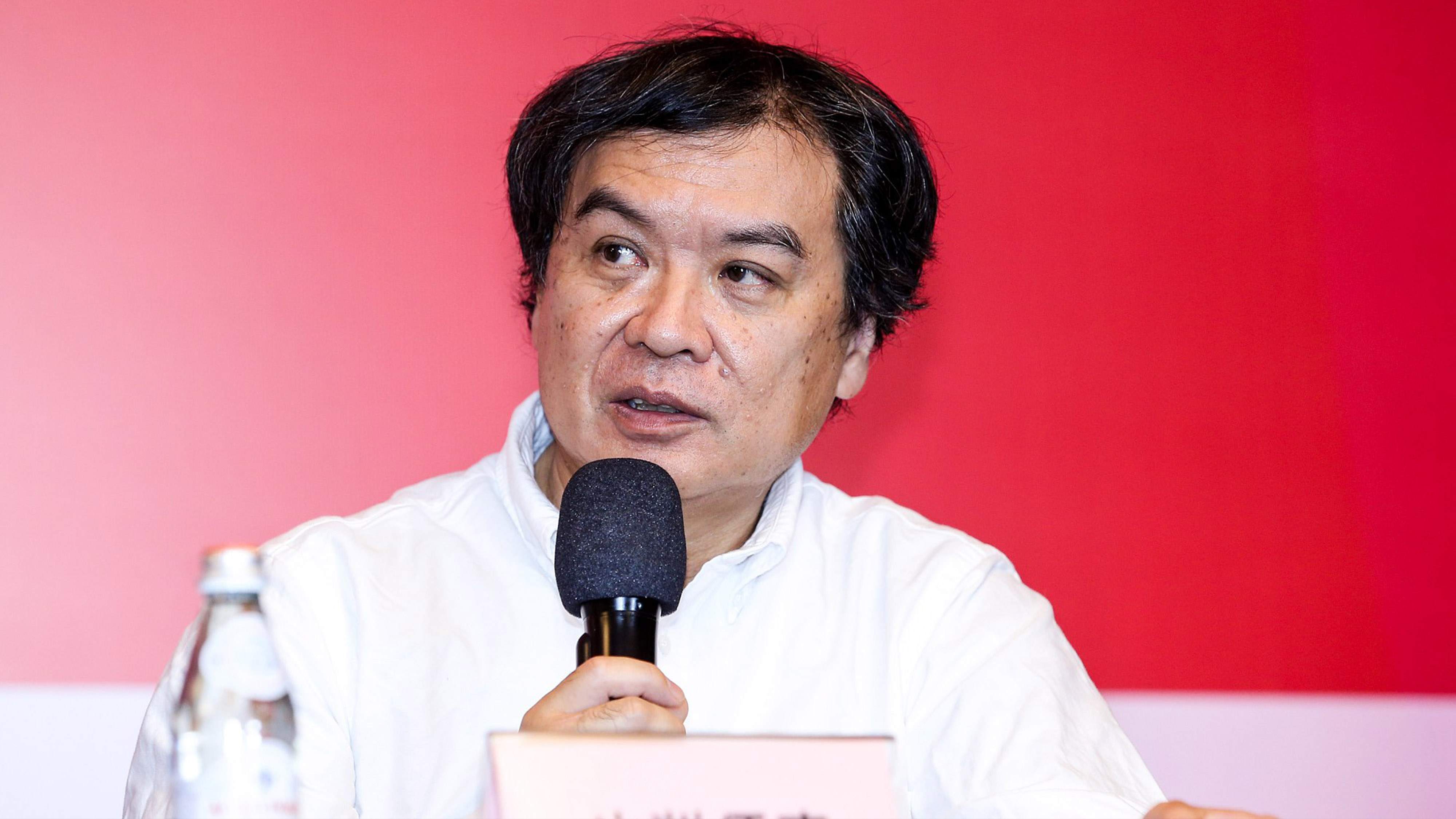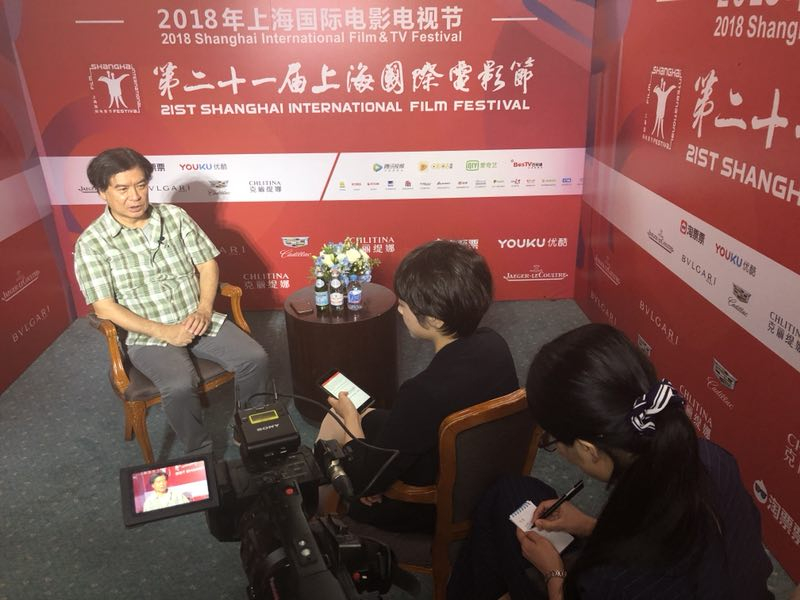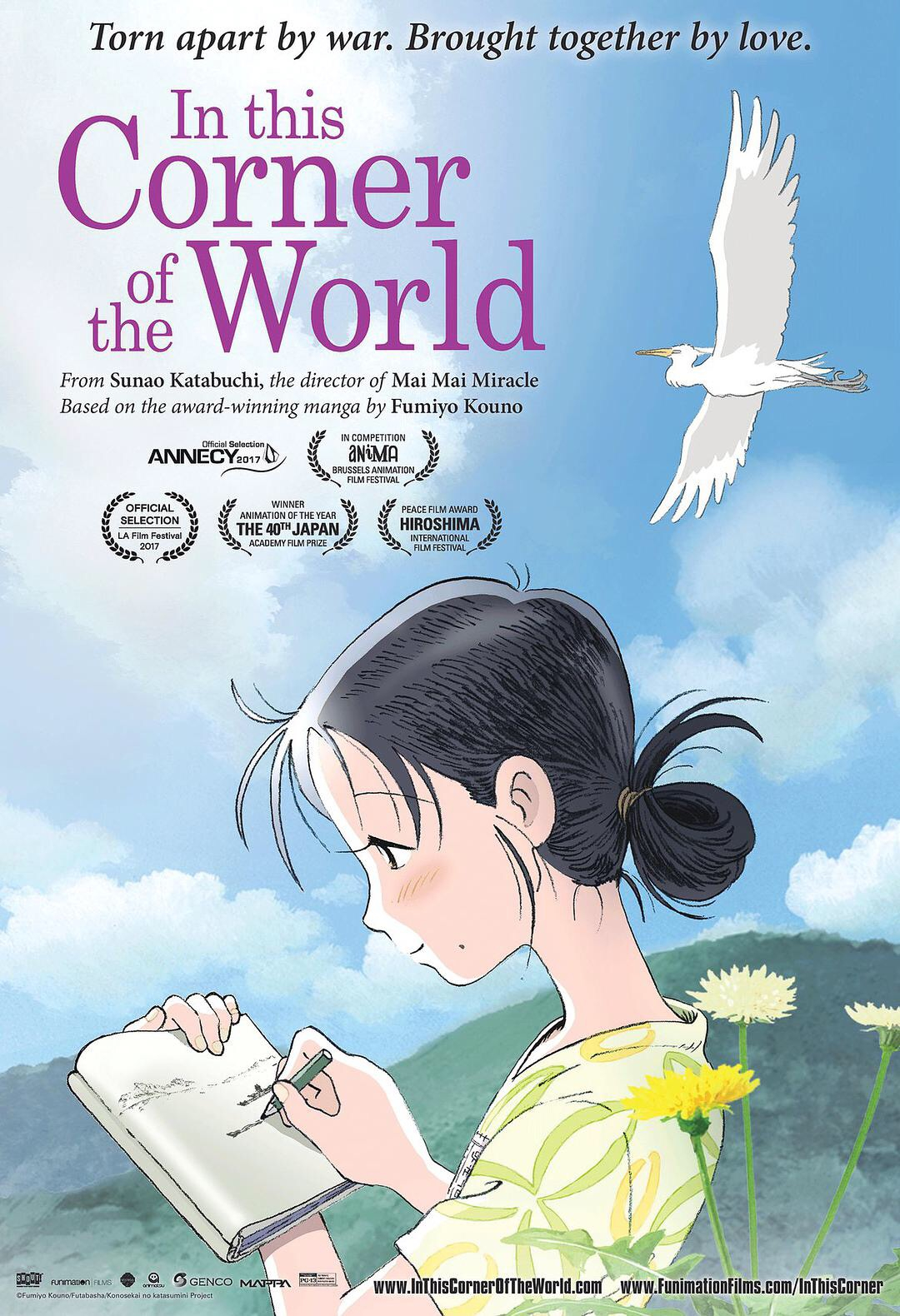
Culture
19:25, 25-Jun-2018
SIFF: Japanese animator Sunao Katabuchi on co-production in animations
By Xu Mengqi & Shen Li
03:10

Co-productions of animations are a new hot topic at 2018 SIFF. Animated films are believed to have a natural international advantage over other genres, as animators can easily re-voice their works in different languages.
Our CGTN hear from festival jury member and Japanese animator Sunao Katabuchi, who began his career working closely with Hayao Miyazaki before becoming a director, most recently for the film, "In This Corner of the World."
Below is an edited version of the interview for clarity.

Sunao Katabuchi being interviewed by CGTN at SIFF. /CGTN Photo
Sunao Katabuchi being interviewed by CGTN at SIFF. /CGTN Photo
CGTN: What defines Japanese animation?
Sunao Katabuchi: During the 1980s, Japan has seen a line-up of animation directors like Hayao Miyazaki, and they good at mastering stories. Through the 40 years, they've laid a solid foundation for the industry and have played an essential role in introducing Japan's animation to the world.
CGTN: What's the key to co-productions between China and Japan in animation?
Sunao Katabuchi: Division of duties. Who's in charge of the creative and artistic stuff and who's in charge of the technical stuff. For two different cultures to work together and create something that was received by both sides is not an easy task. The director of the co-production must look at the bigger picture and medium to achieve that, which is a huge responsibility.

Poster of 'In This Corner of the World' directed by Sunao Katabuchi. /Douban.com photo
Poster of 'In This Corner of the World' directed by Sunao Katabuchi. /Douban.com photo
CGTN: Why did you use crowd-funding for your film "In This Corner of the World"?
Sunao Katabuchi: If you conventionally seek fund, the investor may not know the work well enough, so they may have doubts about this production. But crowd-funding was another strategy to get everybody interested in the film and contribute to the film, and it's good publicity. However, you have to let the audience know that your work has depth and quality, it's not just about putting your name out there, and people will pay.
CGTN: Do you have any pieces of advice for young animators?
Sunao Katabuchi: Animation is different from films because before conveying the story of a specific writer, you have to absorb it yourself and try to interpret it in a conceivable way (for the audience). That requires a lot of knowledge, and the ability to connect to emotions and conveying them through pictures. And a good animator always offers audience what they didn't see before, or something that exceeds their expectations.
(Cover image from VCG.)

SITEMAP
Copyright © 2018 CGTN. Beijing ICP prepared NO.16065310-3
Copyright © 2018 CGTN. Beijing ICP prepared NO.16065310-3